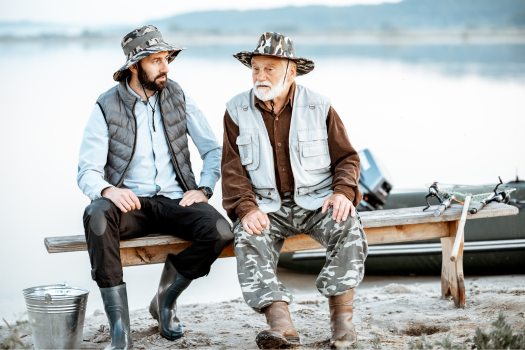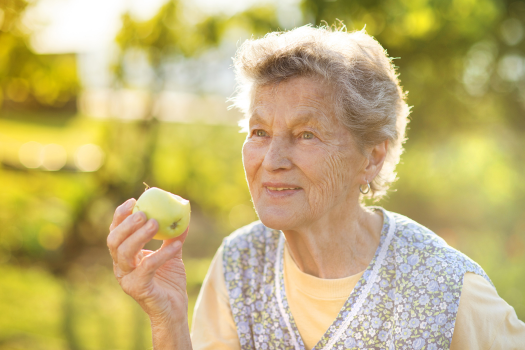The number one cause of death and injury among older Americans is falling. As we age, our balance is compromised, our eyesight and depth perception change, and our limbs grow more fragile. Reducing fall risks is a critical part of senior health.
For a senior, a fall can result in everything from minor bruising to death. Download our handy Home Safety Checklist to take steps to mitigate fall risk:
>> Download Your Home Safety Checklist <<
Signs a Senior is at High Risk of Falling
The National Institute on Aging says that losing a steady, healthy balance and gait is common among seniors. Other factors, like certain medications and diseases, can increase difficulty with balance. To determine if a senior is at high risk of falling, watch for the following signs:
- A change in gait
- Difficulty getting in and out of chairs or bed
- Reaching for support when bending, moving, or climbing
- Needing breaks while moving about routinely, like while climbing upstairs
- Straining to see clearly
- Watching one’s feet while moving
- Shuffling instead of lifting the feet when walking
- Pain in the joints, back, or lower body
If you notice signs like these, be proactive. Take steps to help seniors with preventative measures around in home care and encourage them to practice walking safely outside the home as well.
Some common medical conditions that increase fall risk include:
- Arthritis
- Diabetes
- Parkinson’s Disease
- Alzheimer’s and Dementia
- Chronic Pain
- Dehydration
- Disorders of the Foot or Legs
- Thyroid or Blood Issues
- Weakened Muscles
- Sensory Issues with Hearing, Vision, or Neuropathy
Key areas to focus your falls prevention efforts include:
Floors and Stairs: Add traction surfaces and rails along the walls. Clean up obstacles and secure pets when seniors need to move. Install a chair lift on stairs if needed.
Bathroom: Keep the bathroom ventilated and dry. Add non-slip mats and grab bars. Install more accessible fixtures or seating and grab bars within shower and tub.
Kitchen: Move common kitchen items to waist level. Add traction pads to floors and increase lighting. Remove or rearrange furniture for easier maneuvering.
Bedroom and Living Area: Add lighting, include night lighting and clear a path for easy navigation at any hour. Secure cords, wires, and other tripping hazards behind furniture. Make phones accessible in case help is needed.
Outside the Home: Accompany seniors closely, offering support as needed. Avoid busy hours and crowded locales. Stick to the sidewalk and locations that are familiar.
Assisting Hands Home Care serving Columbus, OH has professional, trained caregivers ready to support your aging loved one. Personal, daily life activities such as showers, toileting, getting ready for the day in the morning and getting ready for bed at night, light housekeeping, preparing meals, and help with walking in the home and around the neighborhood are all services we offer. Transportation can also be provided for doctor visits, trips to the supermarket, or other places your loved one enjoys visiting. Give us a call for a free needs assessment – we’re here to support you!
SOURCES: ClearCare, CDC, NIH Senior Health, Health in Aging, Home Advisor







